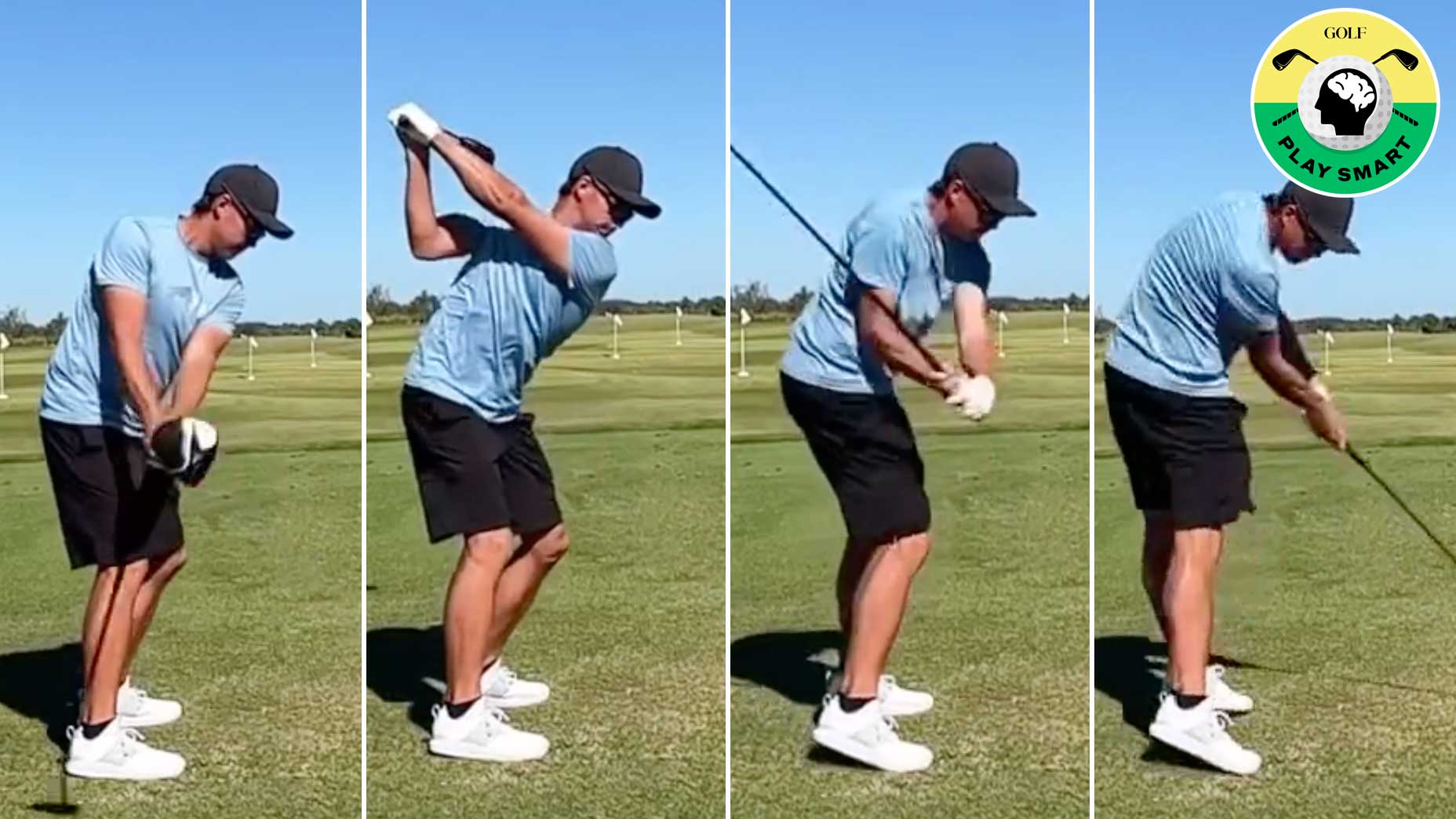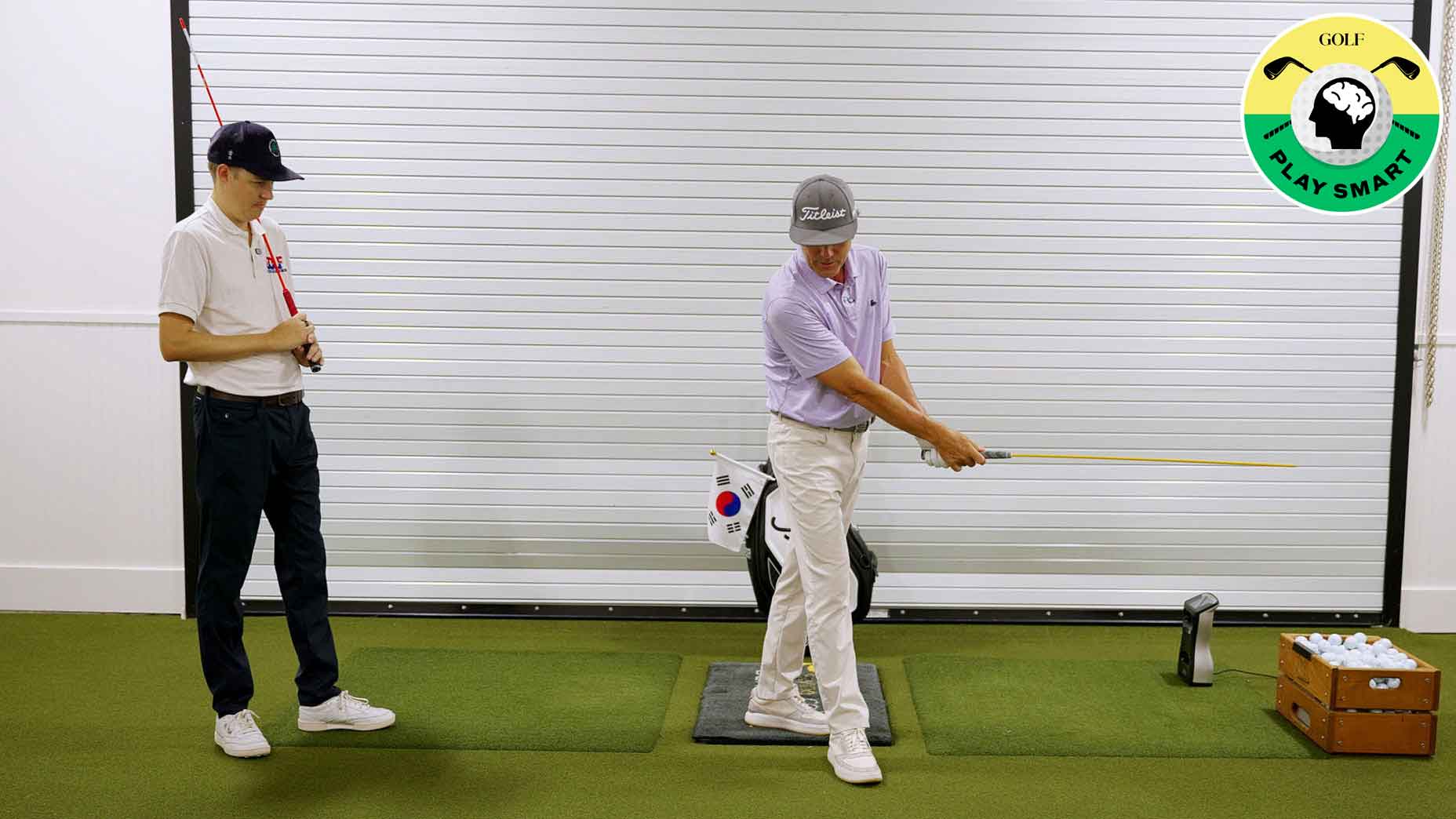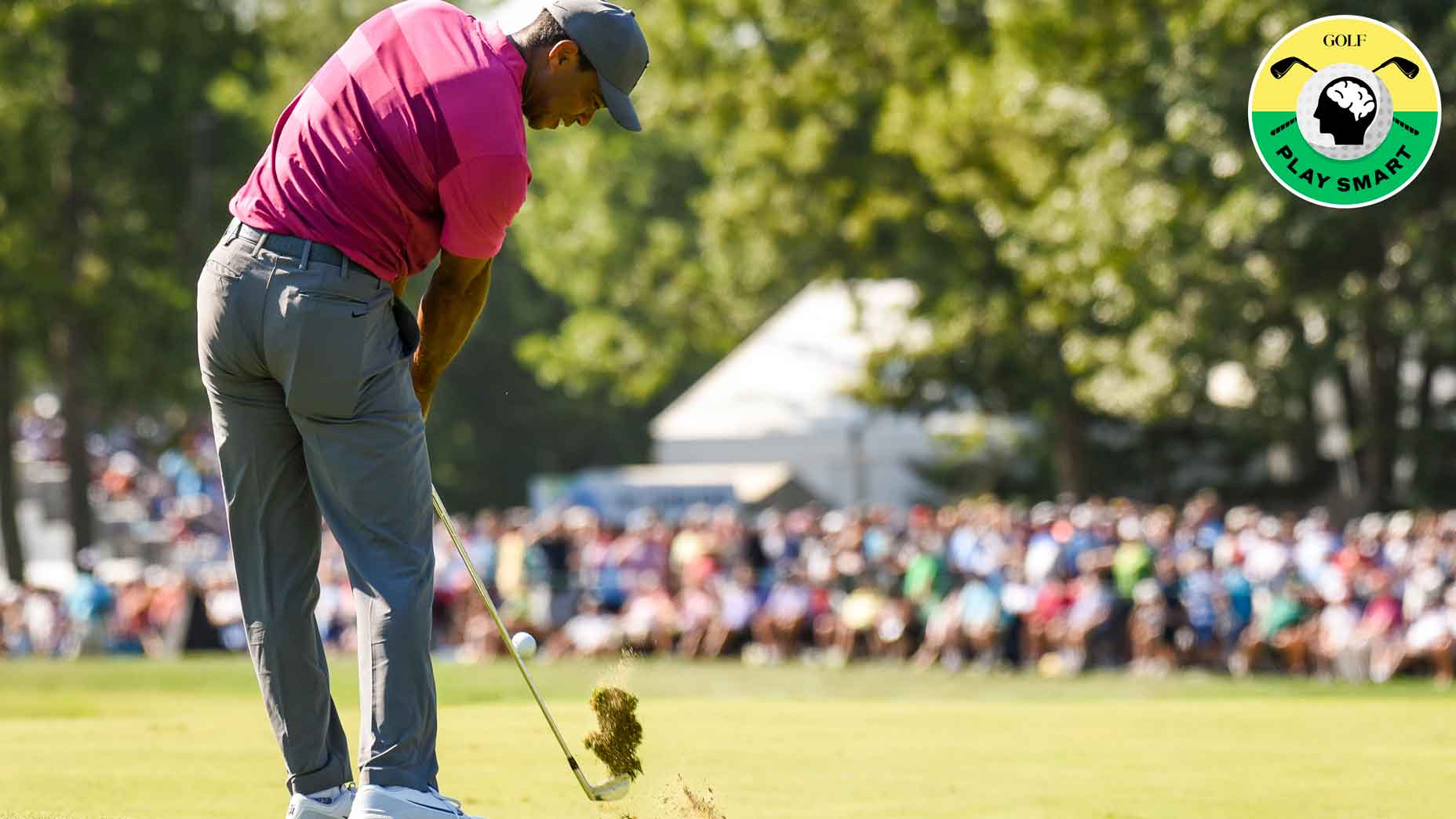Welcome to Play Smart, a regular GOLF.com game-improvement column that will help you play smarter, better golf.
Rickie Fowler has a new swing, and analysts are gushing over it.
Fowler, long one of the fan favorites on the PGA Tour, has not played his best golf over the last few years. He hasn’t finished in the top 90 of the FedEx Cup standings since 2019, and the last two seasons he’s been outside the all-important top 125. He hasn’t lost his card in that time, thanks to a variety of exemptions, but his performance on the course has been lacking.
It appears being lost in the wilderness has inspired a swing change.
In a video posted by instructor Travis Fulton, Fowler’s move is much different from the one we are used to seeing. It’s more technically sound, and Fulton said it’s the “best [he’s] seen Rickie’s swing.”
Best I’ve seen Rickie’s swing pic.twitter.com/dzgeshAzjk
— Travis Fulton (@travisfulton) January 9, 2023
The differences are obvious even to the naked eye, but the nuances are just as fascinating. And for help dissecting the finer points of Fowler’s new (and old) move, we enlisted the help of GOLF Top 100 Teacher Jonathan Yarwood.
Fowler’s old swing
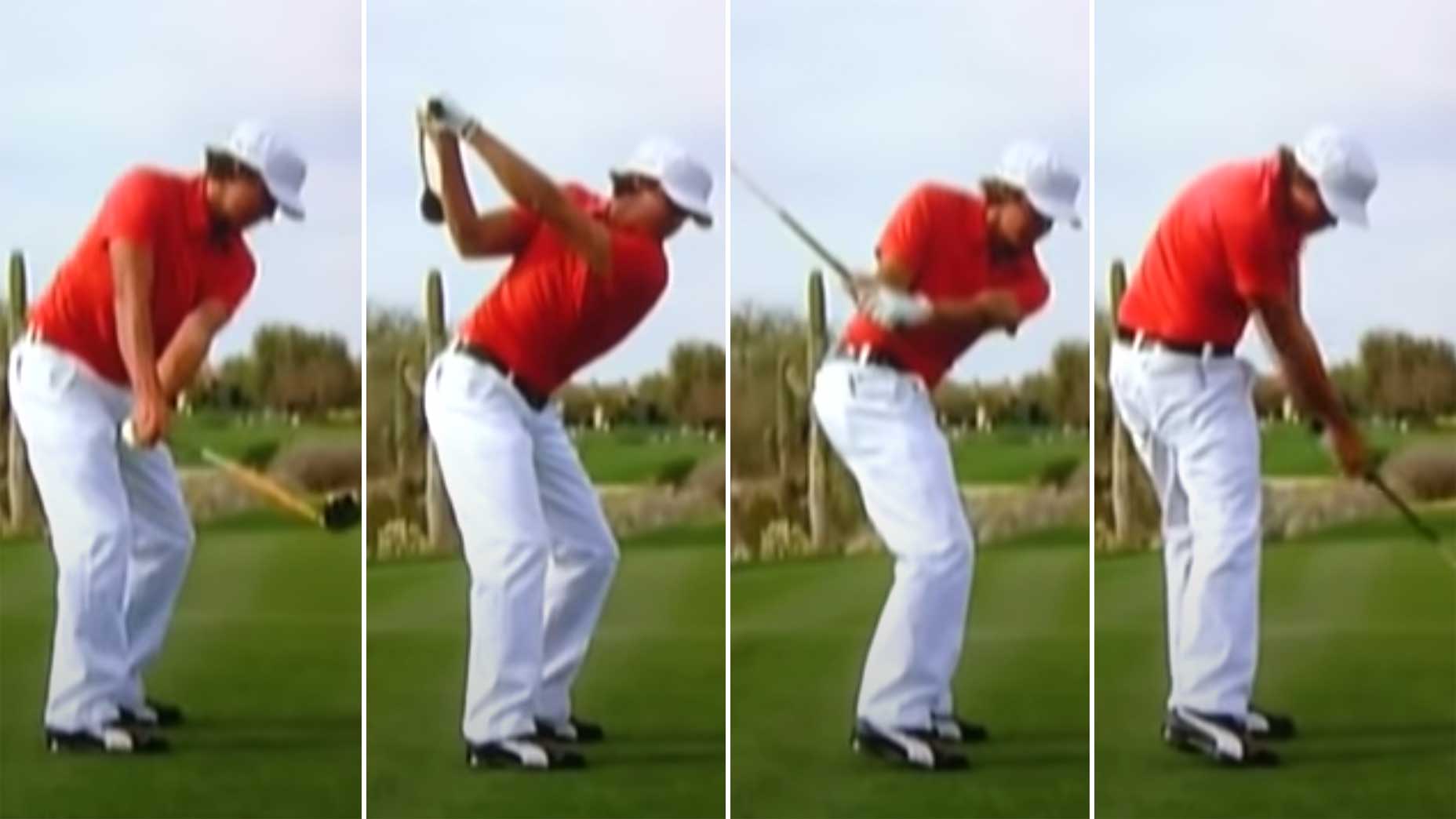
Fowler’s swing was incredibly laid off at the top when he first got on Tour. He initiated the swing with his clubhead well outside his hands, and then dropped the club under the plane when he got to the top. It caused his hands to track outward on the way down, and made for a steep angle of attack at the moment of impact. This resulted in a hot-and-cold nature and a swing that relied heavily on timing.
“It’s a study in geometry, really,” Yarwood said. “It’s a study in hand track and geometry.”
Fowler’s clubhead had a bit of a “inverted D” shape, tracking straight up in the backswing and then looping back underneath during the downswing.
“Some players get it overly shallow,” Yarwood said. “And he was one of them. He had an over-shallowing move at the initial part of the downswing, which gives the club no choice but to get ultra-steep in the second part of the downswing. It’s great for if you’re going to compress a short- or mid-iron, but it’s not so good as the clubs get longer because you cannot get the attack angle back up.”
Fowler’s new swing
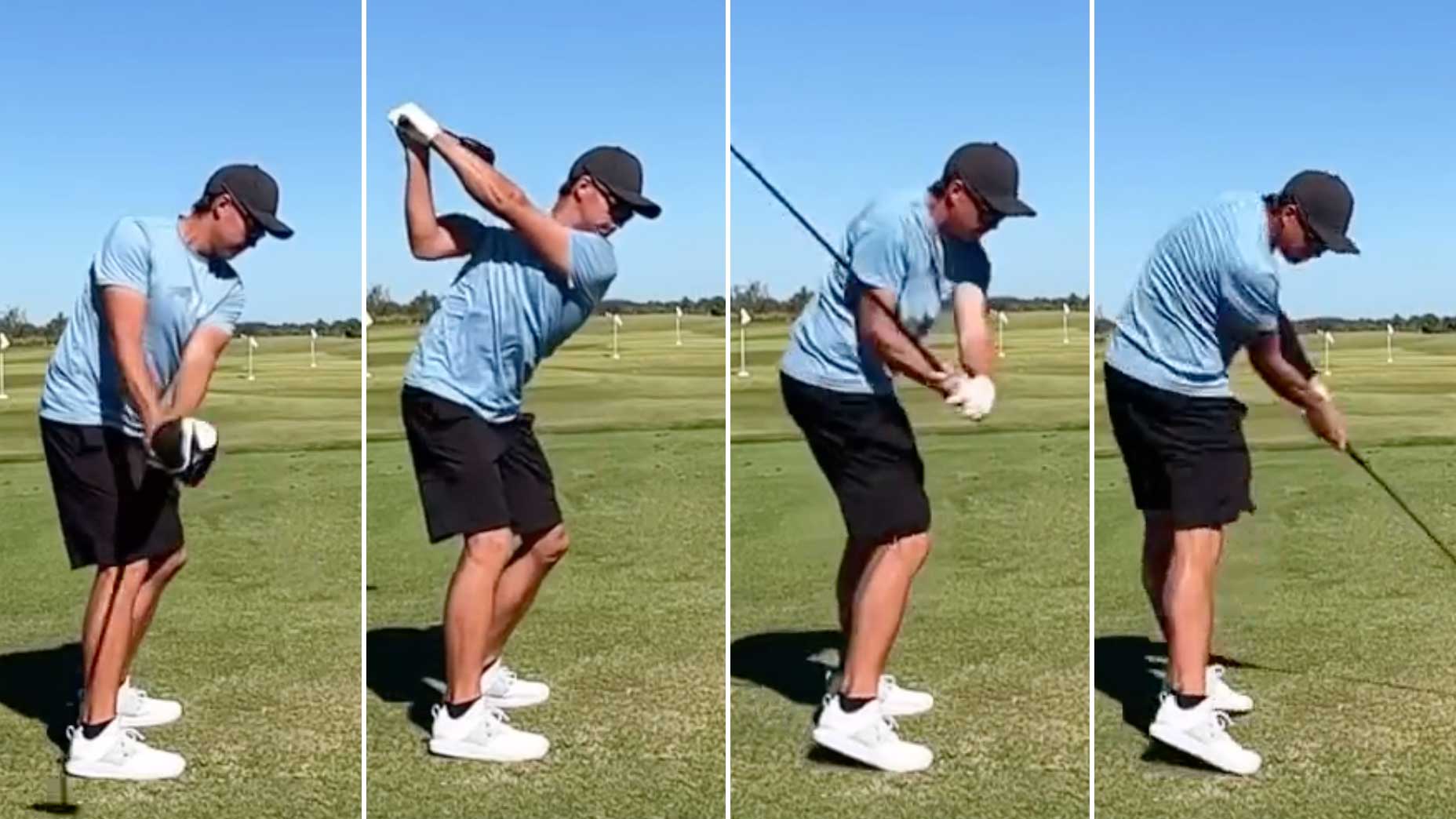
The swing Fowler debuted this week in Hawaii is much different. Gone are the loops that defined his old move. Instead, he’s much more on plane throughout the swing and relying far less on timing to square up the clubhead. This new swing has more of a “C” shape than the prior “inverted D” he used as a younger player.
“He’s getting the clubhead a bit more in and a bit more conventional at the start,” Yarwood said. “The clubhead is going more in and up. It makes the shaft slightly steeper on the way down, but still on plane, and then shallows coming into the ball in the bottom of the swing.”
With the clubhead going back and through on a similar path, Fowler is now able to create a higher angle of attack, which should result in more consistency with his long irons and woods.
“It’s by no means a finished product, but he’s made a lot of inroads,” Yarwood said. “And to change your swing that much takes a lot of guts.”
Sometimes to get things on track, radical change is needed. Fowler has embraced those changes, and now we will all wait for the results.
